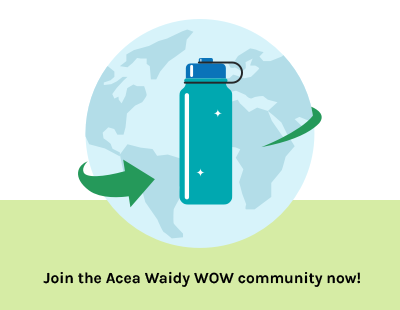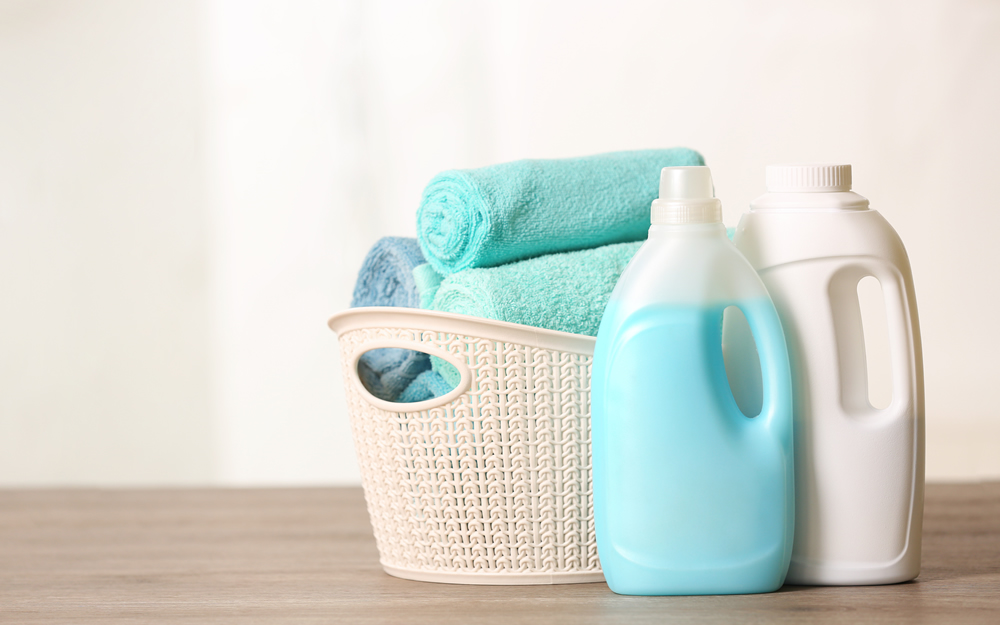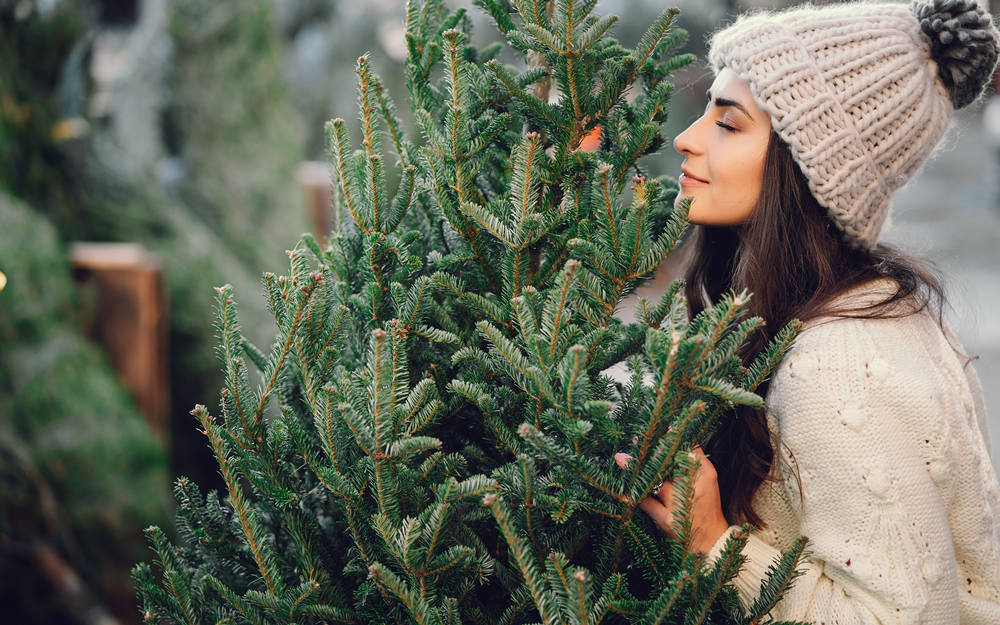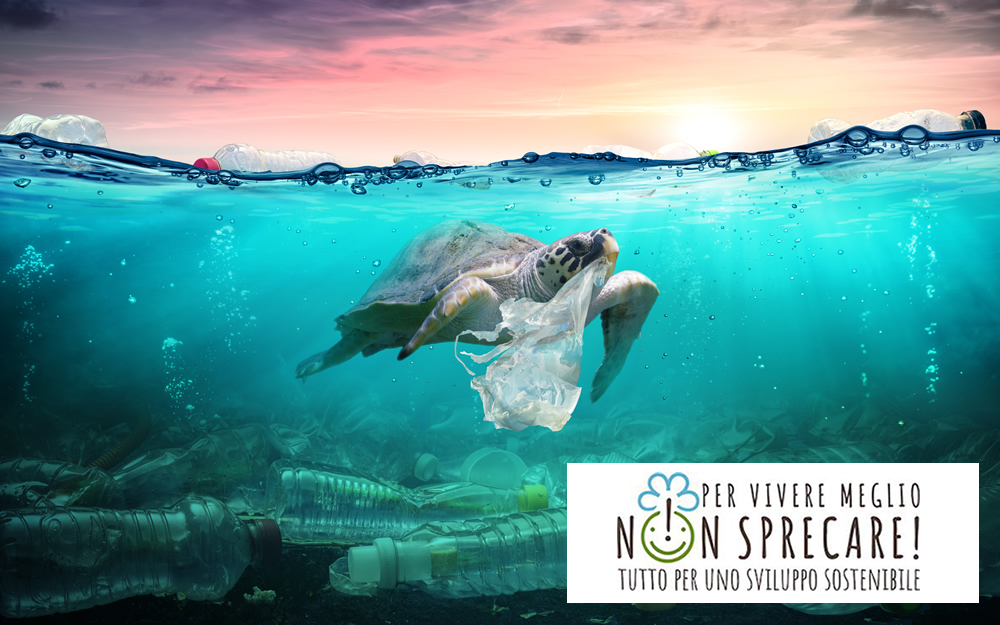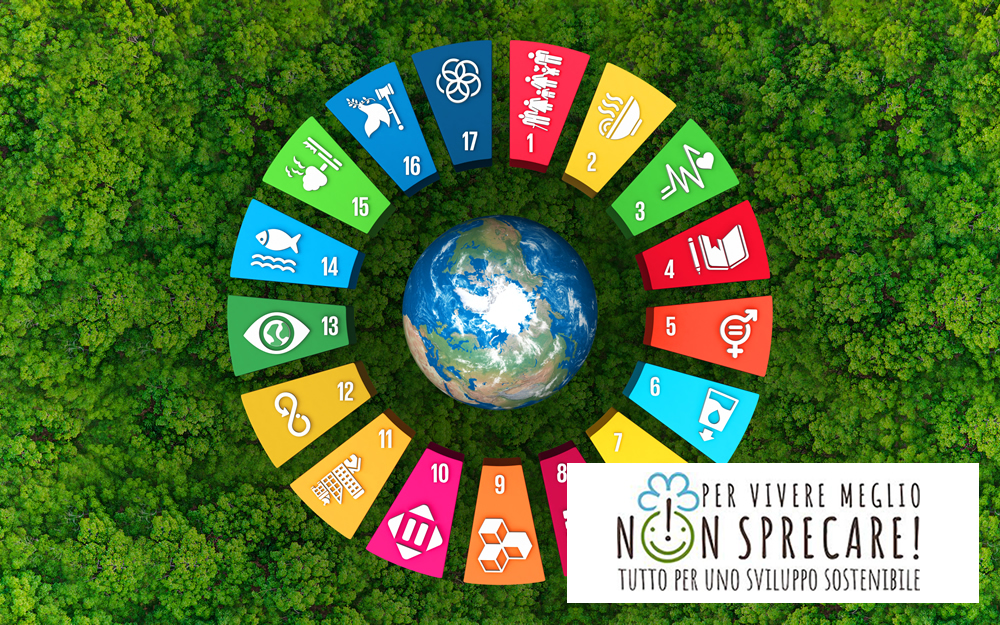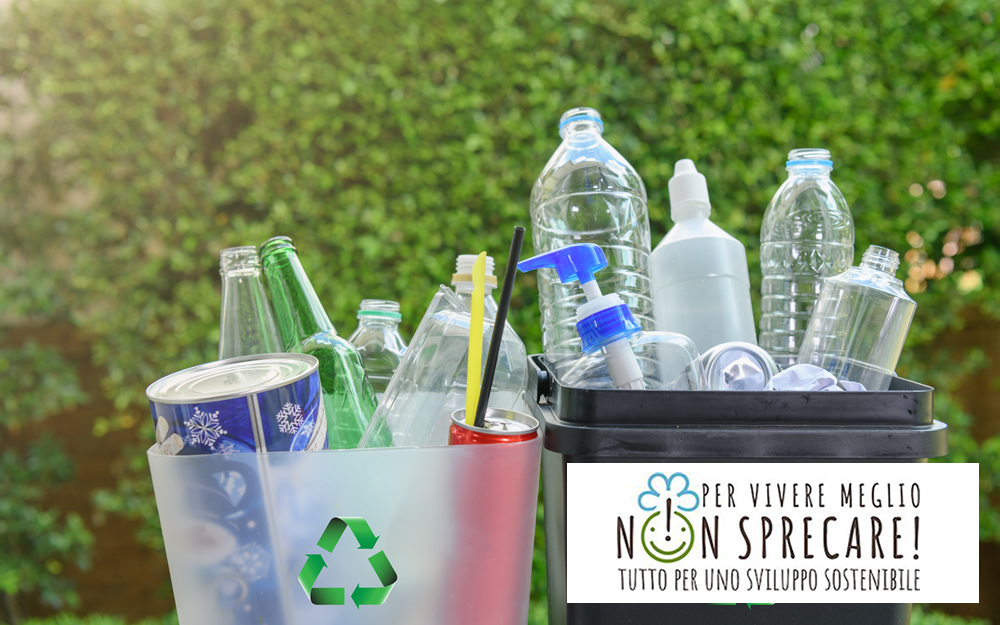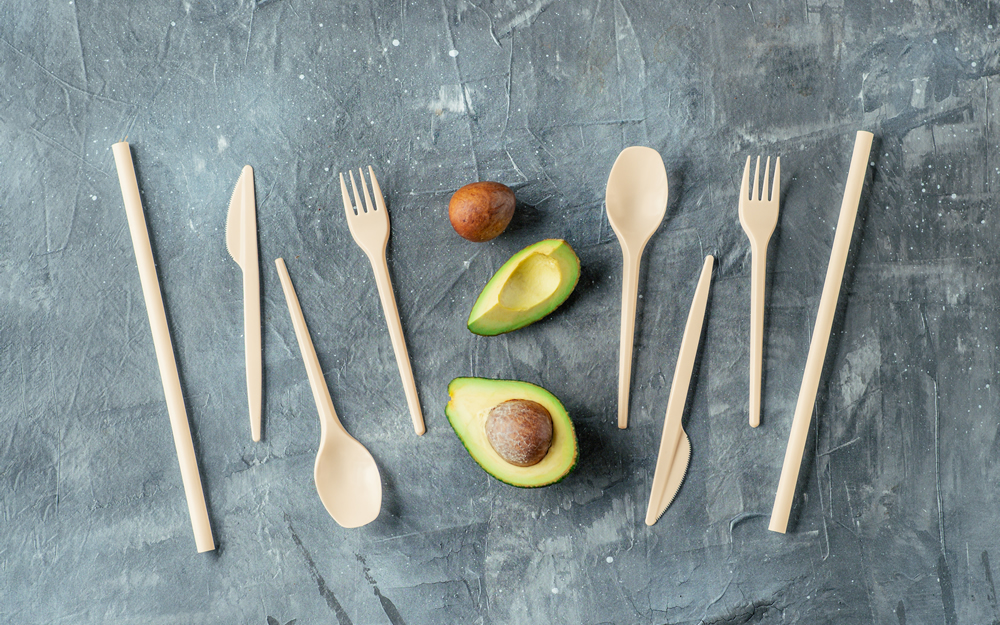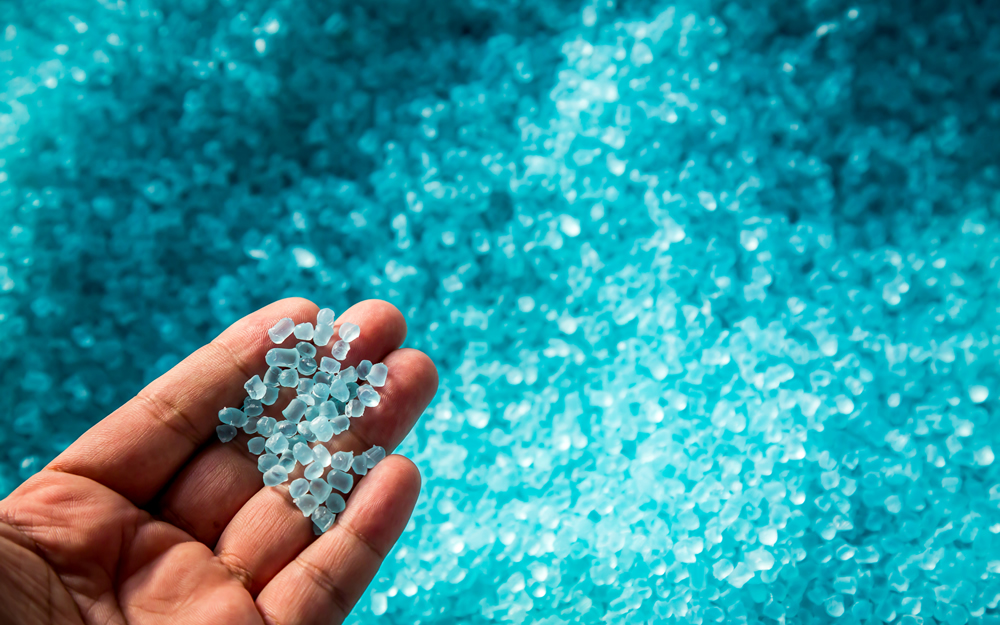- Home /
- Green solutions /
- Innovation and creativity: 3 examples of eco-friendly packaging
Innovation and creativity: 3 examples of eco-friendly packaging
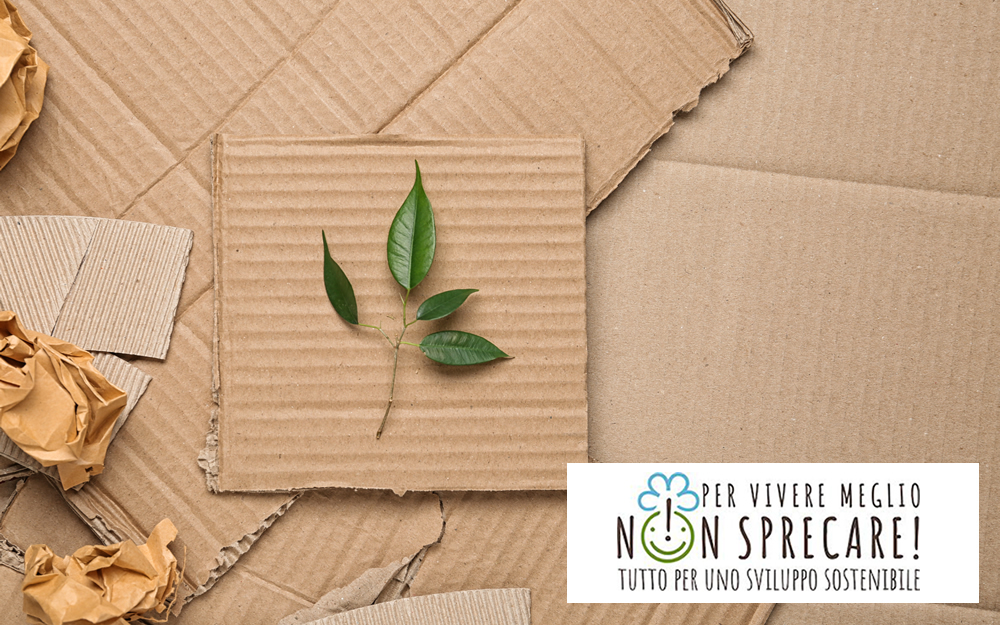
What does eco-friendly packaging mean? Why is it so important that all companies are taking an interest in it? We discuss it in this article, presenting data and showing some truly original examples.
Eco-friendly Packaging: a necessity
Every year in Italy about 13 million tons of packaging1 are put on the market, these are equivalent to more than a thousand times the weight of the Eiffel Tower. An enormous production that makes up about 94% of urban waste. According to Ispra’s 2020 data on municipal waste2, the manufacture of plastic packaging has not decreased since 2015, on the contrary it has increased by 8.7%. In particular, 2,315 thousand tons of plastic wrapping were produced in 2019, equal to 186.5 thousand tons more than in 2015. A dangerous trend that must be reversed as soon as possible.
Some examples of eco-friendly packaging
It is exactly for this reason that around the world there are many examples of brilliant entrepreneurs who invest in eco-friendly or low environmental impact packaging. In fact, the goal is to use biodegradable materials or materials that can be reused in place of plastic and paper.
Let's take a look at some examples.
1. In Thailand they use banana leaves
This photo of the fruit and vegetable section of a Rimping supermarket, in the Thai city of Chiangmai, offers a very practical and original answer. The food for sale is well packaged in banana leaves: light, inexpensive, adaptable to any type of transport, produced locally. Soft and resistant at the same time thanks to its almost wax-like layer, they are also pretty large. Furthermore, a single leaf can be reused several times. Basically: an excellent alternative to plastic and microplastic of traditional packaging, a huge problem for sustainability.
2. Plant based bottles arrive in New Zealand arrivano
In New Zealand, For The Better Good produces bottles that at first glance seems to be made of plastic but are actually made of completely reusable and compostable plant-based materials.
3. In Sweden labels are… laser
On the other hand, in Sweden some have eliminated the root of the problem. The fruit and vegetable company Natura & More and the Swedish supermarkets Ica have introduced a new way of labeling avocados and sweet potatoes, namely with a laser. This new technology uses a strong light to remove pigments from the skin of produce and is absolutely safe. According to the Swedish supermarket, by adopting this solution for avocados alone, they have saved over 200 kilometers of plastic3.
Would you like to do something for the planet too? Use Acea Waidy Wow to reduce the use of single-use plastics!
Article by the editorial staff of NonSprecare
1 Source:
Conai
2 Source:
Ispra’s Municipal Waste Report 2020
3 Source:
The Guardian
